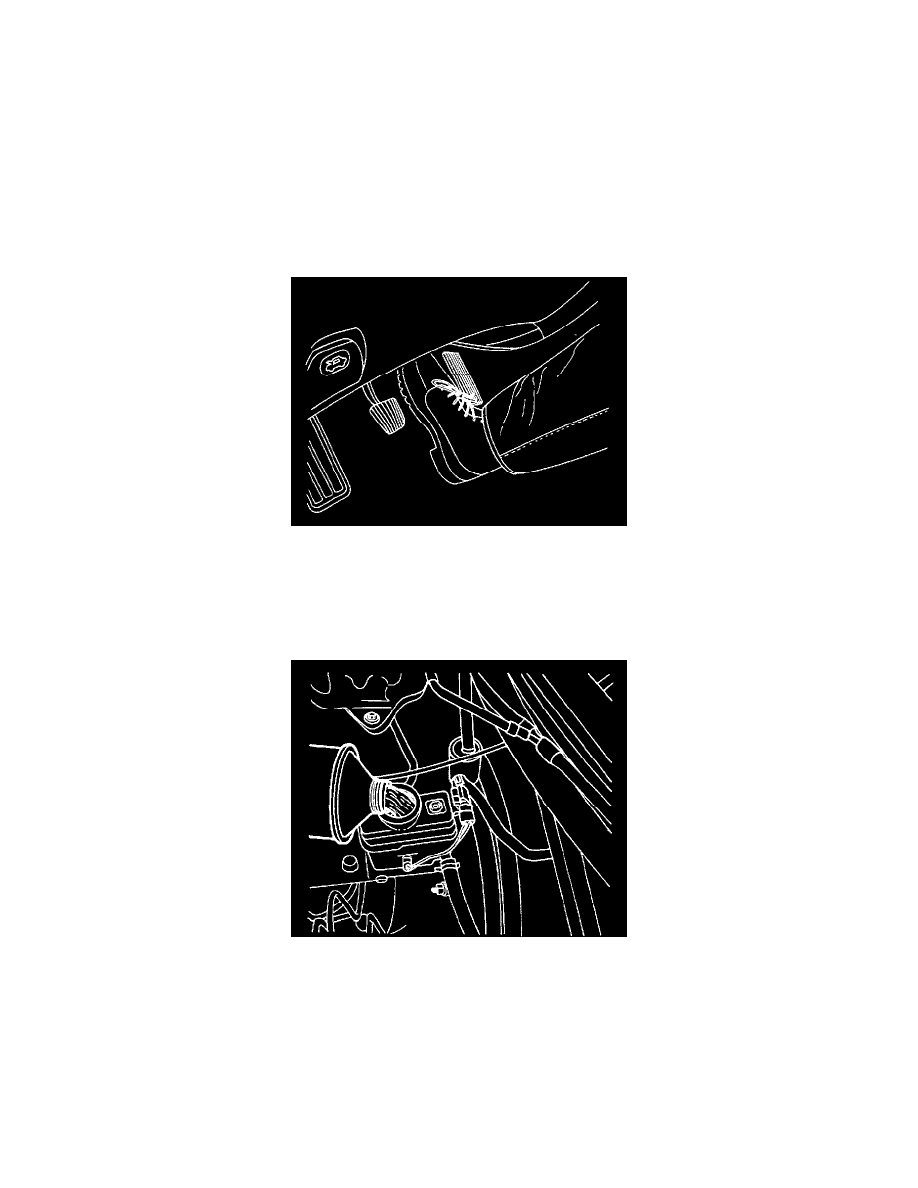Leganza CDX L4-2.2L DOHC D-TEC MFI (1999)

Brake Bleeding: Service and Repair
BLEEDING SYSTEM
Replacement modulators are shipped already filled and bled. In normal procedures requiring the removal of the modulator, such as to replace the
EBCM, air will not enter the modulator, and normal bleeding will be all that is needed.
If air enters the hydraulic modulator, or if an unfilled modulator is installed, use the brake bleeding program in the scan tool to bleed the modulator.
Manual bleeding of the hydraulic modulator is not possible.
MANUAL BLEEDING THE BRAKES
IMPORTANT: Manual bleeding of the hydraulic modulator is not possible. If air enters the antilock brake hydraulic modulator, or if an unfilled
modulator is installed, use the scan tool to bleed air out of the brake system. Replacement modulators are shipped already filled and bled. In normal
on-vehicle service procedures involving the modulator, such as the procedure to replace the electronic brake control module, air will not enter the
modulator.
1. Remove the booster reserve by applying the brakes several times with the engine off, until all the reserve Is depleted.
IMPORTANT: If no air is suspected to be in the master cylinder, begin the bleeding procedure at Step 12. If it is suspected that air is in the
master cylinder bore, then the master cylinder must be bled, beginning with Step 2.
NOTICE: Keep brake fluid away from painted surfaces because brake fluid will damage the paint finish.
2. Fill the master cylinder reservoir with brake fluid. Keep the master cylinder reservoir at least one-half full during the bleeding operation.
